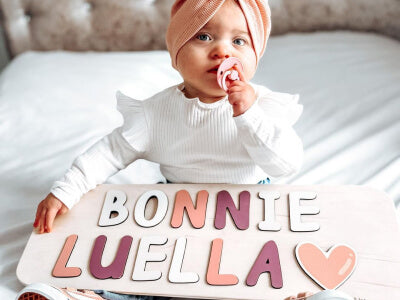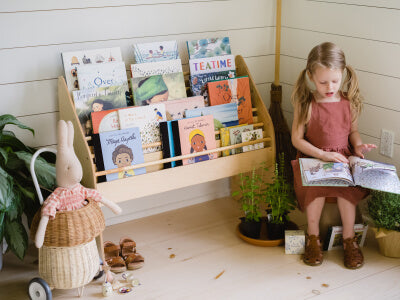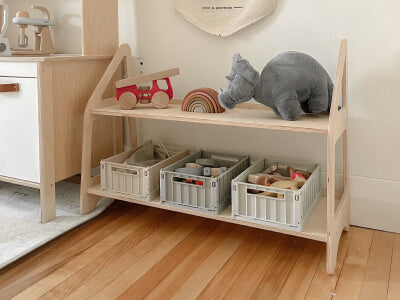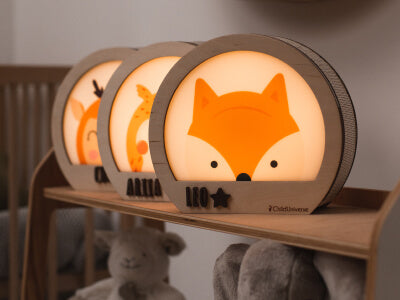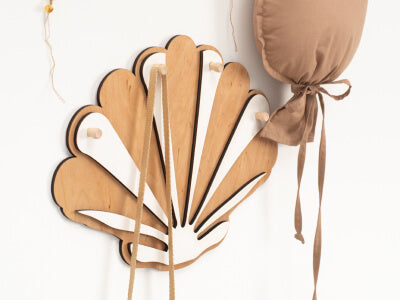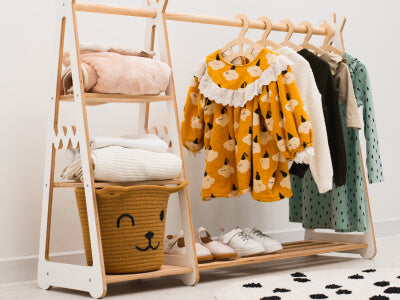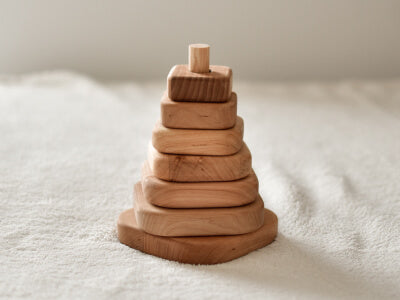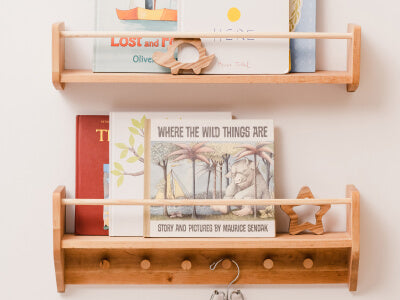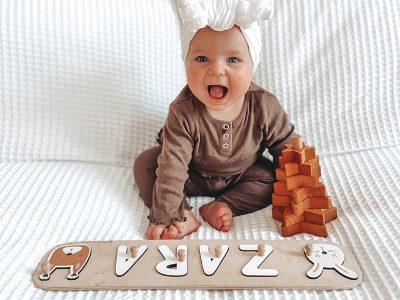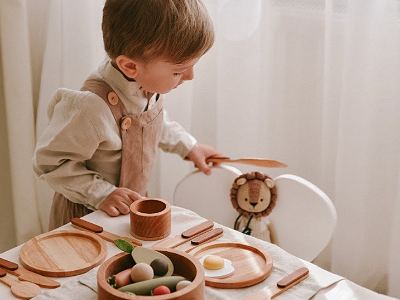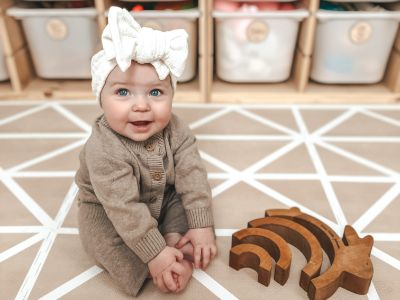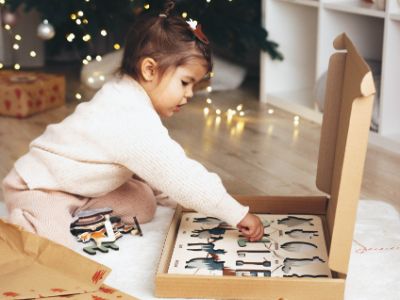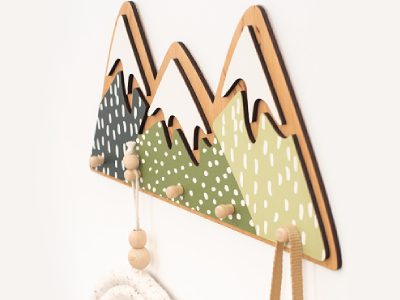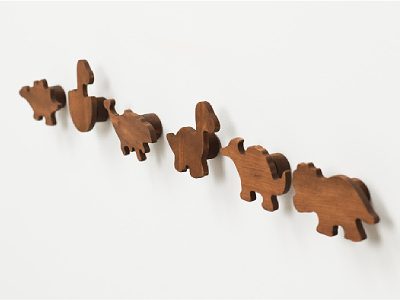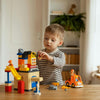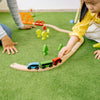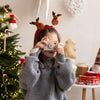How Many Toys Should a Child Have
- • 3 min read
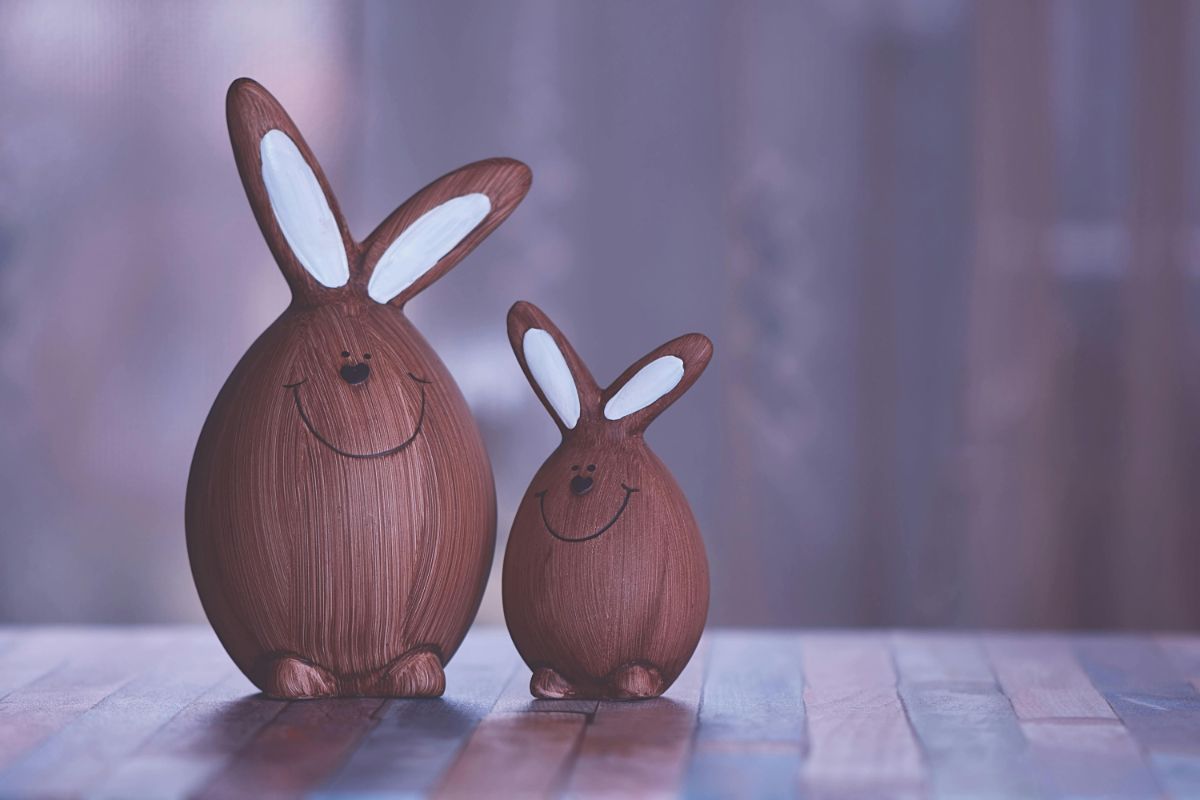
Photo by Alexas Fotos from Pexels
- The Rule: Quality Over Quantity
- How Many Toys Does the Infant Really Need?
- How Many Toys Should a Toddler Have?
- Types of Toys to Look for
The oldest toys in the world date back thousands of years and are found on the territories of India, Egypt, the Americas, and Japan. Just like the gadgetized era’s kids, munchkins of the past were engaging themselves with various must-have attributes of childhood. There’s no doubt that the assortment of products for little consumers today is much more diverse than centuries ago. With the abundance of options, parents are increasingly thinking of what the average number of toys per child should be. How many toys do kids need? Is there such a thing as too little or too many toys? At Child-Universe, we’re proud parents and gonna dive into the topic right now.
The Rule: Quality Over Quantity
One of the key aspects of deciding how many toys should a child have is choosing quality over quantity. It is never a bunch of playthings that is more beneficial for a pumpkin but rather a few of high-quality, open-ended toys. The latter encourages creativity and helps develop (and enhance!) problem-solving skills. Time-tested toys like simple dolls, building blocks, and/or action figures can be used in many ways, making the make-believe more intense and promoting cognitive development.
How Many Toys Does the Infant Really Need?
If it’s your pumpkin’s first month, you’re more focused on diapers and breastfeeding than…toys. However, sooner than you know, the tiny tot gets interested in the objects around, and you find yourself wondering what toys should a 3 month old have. The good news is that you shouldn’t go on a shopping spree. Up to 3 items to look at, touch, and feel will do. What is more, an infant doesn’t need traditional toys. Instead, things like pans, pots, and balls can entertain the little copy of you better than anything else.
How Many Toys Should a Toddler Have?
By now, we already know that less is more when it comes to dollies, building blocks, and other related stuff. So, how many toys should a 2 year-old have to entertain and enhance both their mental and physical development in a productive and healthy way? Based on the “The influence of the number of toys in the environment on toddlers’ play” study, toddlers aged 18-30 months focused more on play with an arsenal of 4 items at hand.
Keep in mind that even though toddlers can be 100% focused on a play that is directed by adults or/and highly motivating, distractions may interrupt the process. According to the “Sustained attention development during the toddlerhood to preschool period: Associations with toddlers' emotion regulation strategies and maternal behavior” research, toddlers get distracted from playing with toys by things like TV sounds in the background. As a result, the episodes of play get interrupted, shortened, and less fulfilling. And what conclusion do you draw from that? A nurturing and distractions-free play environment is one of the keys to high-quality experiences for all little personalities. In our СhildUniverse Blog, we’ve already talked about the benefits of decluttering children’s toys, so don’t hesitate to cut back on playthings!
Types of Toys to Look for

Photo by cottonbro studio from Pexels
If you wonder what playthings you should put into your basket for an infant, pick the kinds of stuff that are tactile. Choose products with color and texture instead of conventional stuffed animals. It is recommended to provide littlies with items they can open and close. The repetitive process will keep rug rats busy for a long time. Crinkle books, teething rings, rattles, push and spin toys are just some of the infant’s favorites.
Now, what toys are good for 2-3 year olds? At this age, toddlers like assembling and disassembling various structures, such as towers of different sizes and shapes, using blocks. Their motor skills are more solid compared to infants, so simple LEGO sets, play kitchens, dolls and dollhouses, alphabet and number puzzles, play dough sets, ride-on toys, and wooden puzzles will not only entertain your kiddo but also cover many interests and developmental needs. Each of the items mentioned above helps foster creativity in children, develop communication and problem-solving skills, as well as keep tots occupied with minimal parental involvement.
What it all comes down to is a simple rule – never overwhelm the kid’s area with toys. Both infants and toddlers are known for low levels of sustained attention (the ability to focus on an object or activity for a long period of time). A bunch of items being part of play makes it difficult to stay focused on one toy. Thus, finding a balance is the key. Offer fewer things that, in turn, will lead to more sophisticated, creative, and meaningful play. As a result, a joyful and safe experience is guaranteed.

